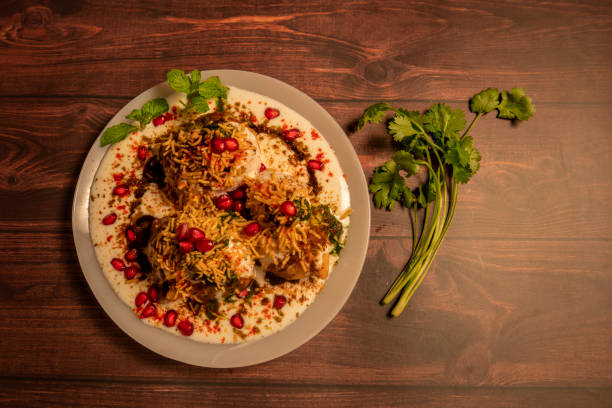
Food security in just name as Centre slashes funds by 32%
The food subsidy provided to the Food Corporation of India (FCI) under the National Food Security Act (NFSA) and the subsidy to the Decentralised procurement of Foodgrains scheme that is part of NFSA was reduced by more than 30 percent in the allocation of funds for the upcoming financial year.
The Union Minister of Finance, Nirmala Sirtharaman, delivered her Union Budget 2023-24 on February 1st, 2023.
The central government announced a budget of Rs 1,97,350 crore compared to the Rs 2,06,831 crore that was allocated in the financial year 2022-23, which is a decrease of 32 percent or 89,000 crore in comparison to the prior year.
Read more: Budget 2023-24: Agriculture ignored, schemes for ensuring MSP-based procurement nearly ‘closed down’
Sitharaman, however, announced that the food distribution scheme would continue despite the drop in fund allocation.
The FM she made during the presentation of her Budget presentation stated:
In the course of the Covid-19 pandemic, we ensured that nobody fell into hunger by implementing a program to provide food grains at no cost to over 80 million people over 28 months. In keeping with our pledge to provide nutrition and food security, we have launched, starting on January 1st, 2023, a plan to provide food grains in all Antyodaya and priority households in the coming year under the Pradhan Mantri Garib Kalyan Anna Yojana (PMGKAY).
Minister said that the total expenditure would cost around 2 lakh crores and would be borne from the Central Government.
But, a person who is working on behalf of Right To Food and other social causes that benefit the economically and socially backward segments said it was a “scam.”
“The central government had cut the supply of food grains in the NFSA from 10 kilograms to five kilograms. After cutting the supply down by half and the finance minister declaring that the free distribution of food will be extended for one year,” Nikhil Dey said.
The announcement of the extension following the cutting down on the food grain supplies will be “making a fool of everyone else” and pretending the government cares about the well-being of the less fortunate, Dey added.
The blooms pop out in the green foliage of the deciduous tree, which is why they are often referred to as the ‘September beauty.’ By November and the end of December, they turn into red-colored fruits with hairy glands that were used for centuries as a food source and a medicine.
The spherical fruits have the tartness of citrus; even though it’s tiny, it’s full of nutrients, including flavonoids, polyphenols, and antioxidants.
Traditional healers from Manipur, known as maibas or maibis, are the traditional healers of Manipur. Maibas, also known as maibis, prescribe heimang for common digestive issues like dysentery and diarrhea. They suggest eating water-soaked fruits to treat stomach ulcers and indigestion.
The healers suggest that the fruit is beneficial in treating urinary stones and kidney disease.
Researchers at the Council for Scientific and Industrial Research, Central Food Technology Research Institute at Mysuru, as well as researchers from the Academy of Scientific and Innovative Research in Ghaziabad, confirm this assertion.
Their research, which was carried out in vitro (experiments that involve glassware, similar to test tubes), shows that heimang fruit extracts fruit block in the creation of calcium Oxalate crystals (which are the most commonly encountered kidney stones) and also of experimentally-induced urinary stones. It was reported in the Journal of Herbal Medicine in October 2021.

